Discover Your Best Self Every Day with Neuro-Reflective Thinking

What are the unique benefits of practicing Neuro-Reflective Thinking?
Neuro-Reflective Thinking, is a very effective way to bring yourself in the best possible mental state in every situation. It allows you to gain control over subconscious mechanisms in your brain that regulate your mood, motivation, and thinking capacities.
This practical method is based on the key insights of the best experts in neuroscience and neuropsychology, and has been turned into an easily accessible self-control technique for everyone by research writer George Hlavax.
How Does Neuro-Reflective Thinking Work?
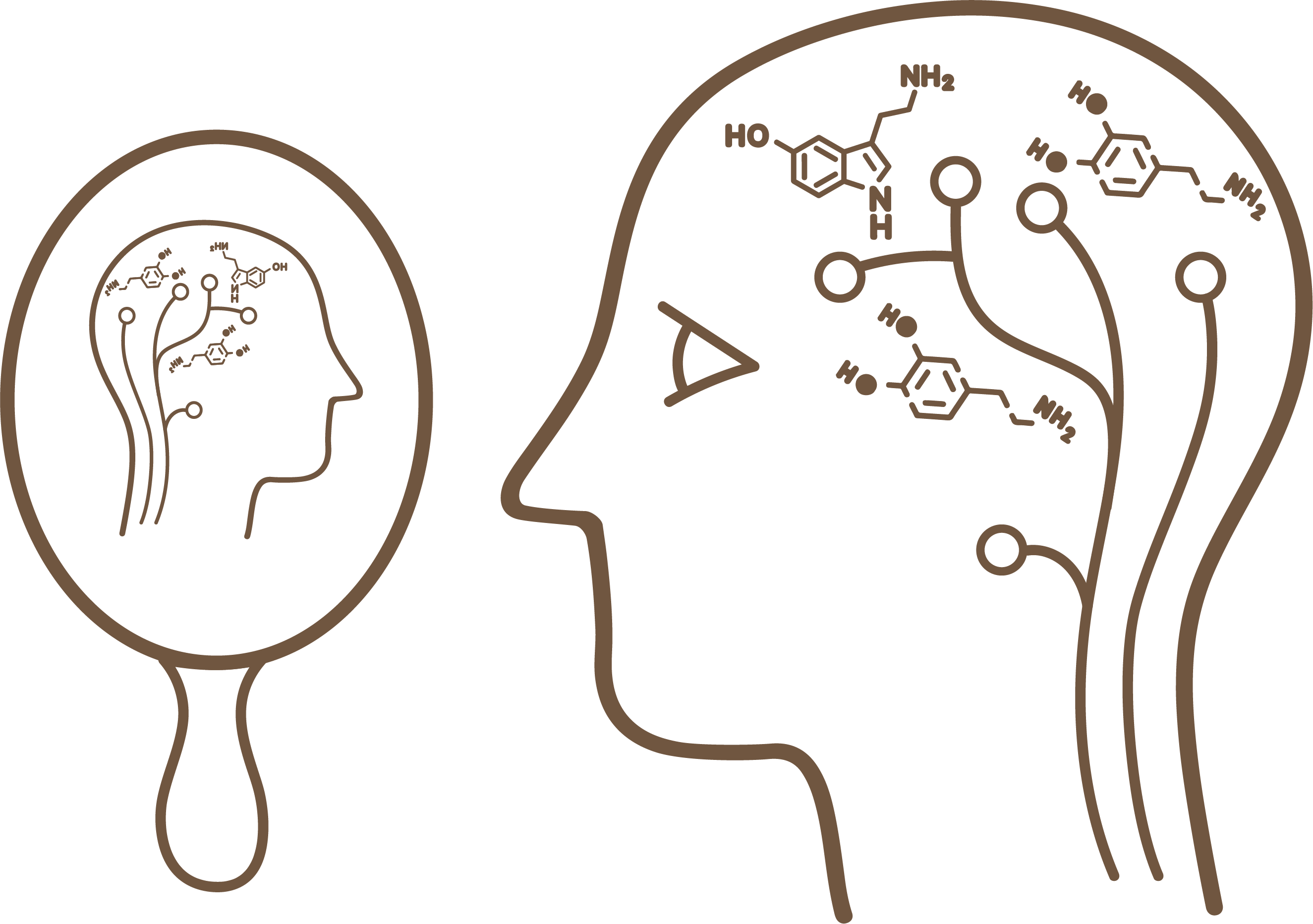
Observing, understanding and influecing your brain's subconscious mechanisms.
When you practice Neuro-Reflective Thinking, you mindfully observe how your subconscious brain regulates your mood, motivation, and thinking capacities. Then, through reflective thinking, you can consciously influence these mechanisms to steer yourself into a mental state that better suits your situation.
If you want to apply Neuro-Reflective Thinking effectively, you first need to understand how and why your brain shifts from one mental state to another.
How Your Brain Controls Your Mental States
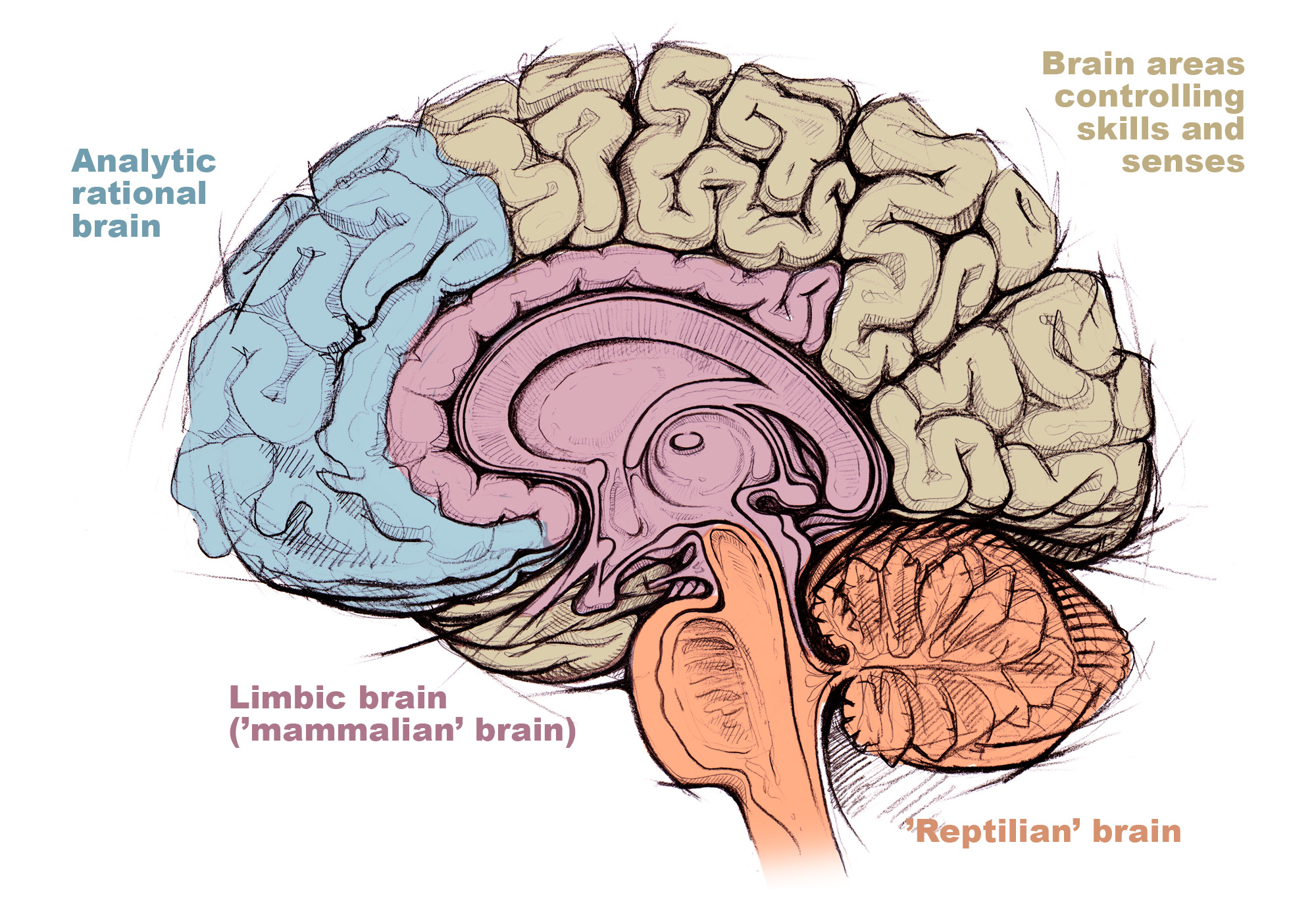
Your mental states are primarily regulated by a subconscious region of your brain known as the limbic brain or mammalian brain.
This brain area responds to experiences you undergo or to thoughts that occur in your mind by generating either pleasant or unpleasant emotions. Furthermore, beyond momentary emotions, your limbic brain also regulates your mood by adjusting the balance of neurochemicals in your brain and body.
The most common neurochemicals your limbic brain regulates in order to shift you from one mental state to another are known as hormones and neurotransmitters, such as dopamine, serotonin, oxytocin, adrenaline, noradrenaline, GABA, and others...
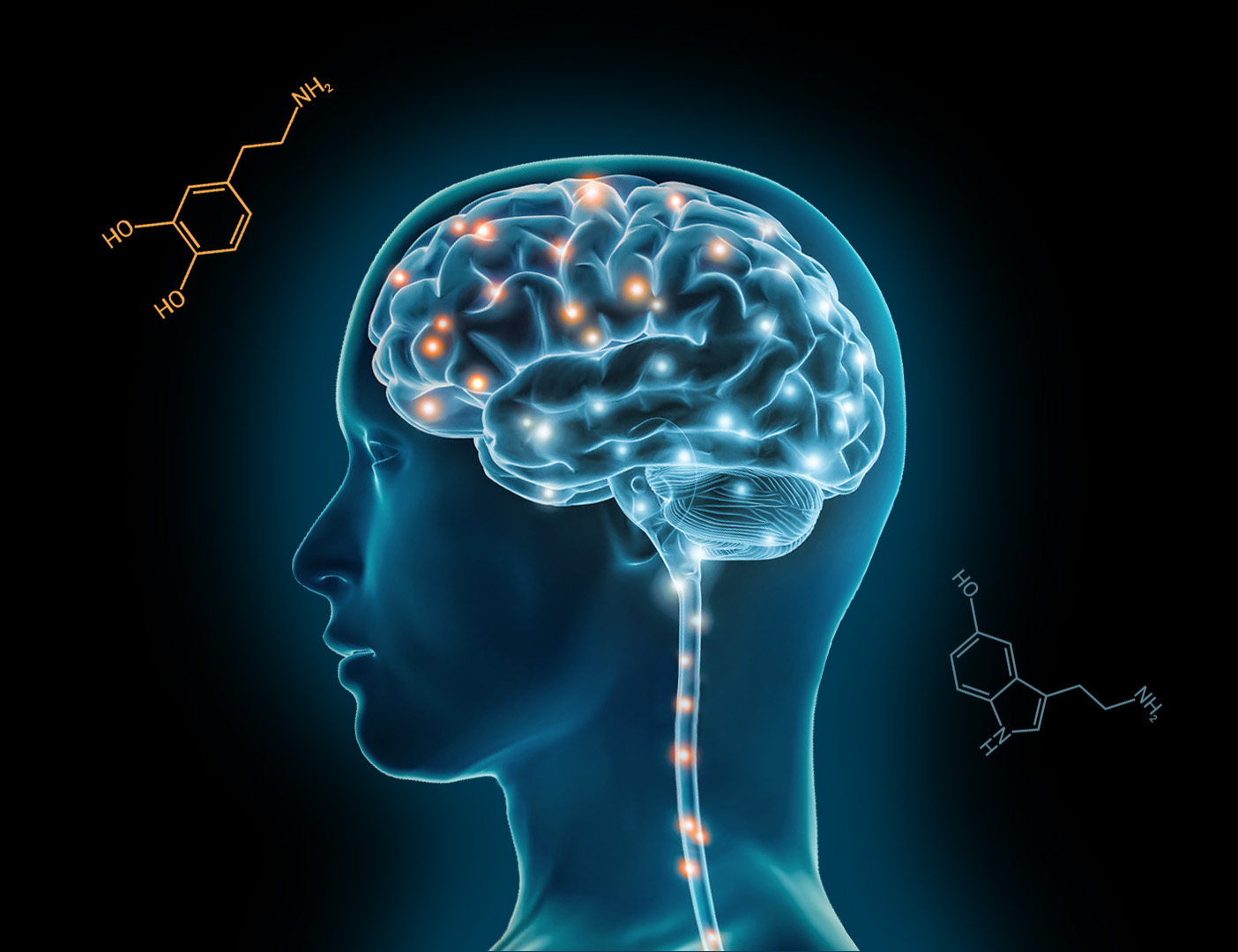
Your hormones and neurotransmitters can activate or deactivate specific areas of your brain. This way they are influencing your attention, motivation, emotions, cognitive abilities, and thinking patterns. They can lead you towards either positive or negative thinking.
Dopamine, for instance, can increase the activity of regions in your brain responsible for motivation and creativity. Adrenaline and noradrenaline can stimulate the activity of areas that make you feel tense and alert. Serotonin, and GABA can make you feel relaxed, satisfied, and joyful by suppressing the activity of brain parts that drive your stress responses.
During Neuro-Reflective Thinking, you mindfully observe and understand the ongoing processes in your limbic brain. Then, by consciously influencing its activity you can shift your mental state in a direction you think would work better for you. With advanced practice, you can even learn to influence the activity of specific hormones and neurotransmitters in your brain and body with precision. This way you can learn to guide yourself very accurately in the mental and physical state that you wish to experience.
The Programming of Your Limbic Brain
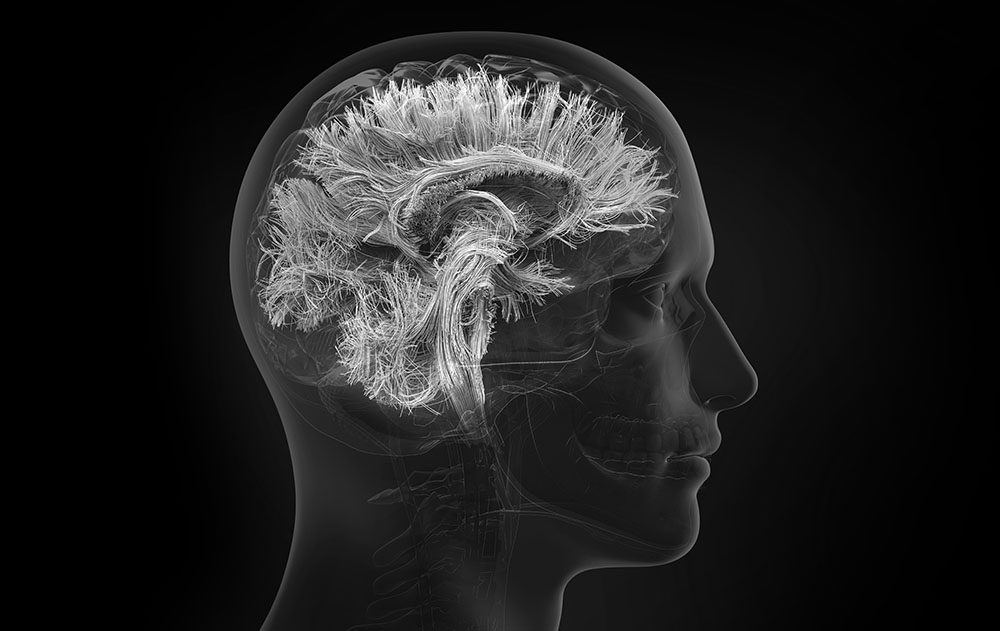
How your subconscious guides you towards positivity or negativity in any given situation is programmed in your brain’s neural wiring.
Your subconscious brain’s neural pathways encode both instinctive and learned emotional responses shaped by your life experiences. Therefore, if you want to gain more control over your different mental states, it’s essential to first learn the most important insights of how your subconscious programming works. Once you understand it, you can begin to change the programming to make your limbic brain follow your conscious mind’s guidance, rather than its impulsive, and often counterproductive default behavior.
Changing Your Subconscious Brain’s Programming
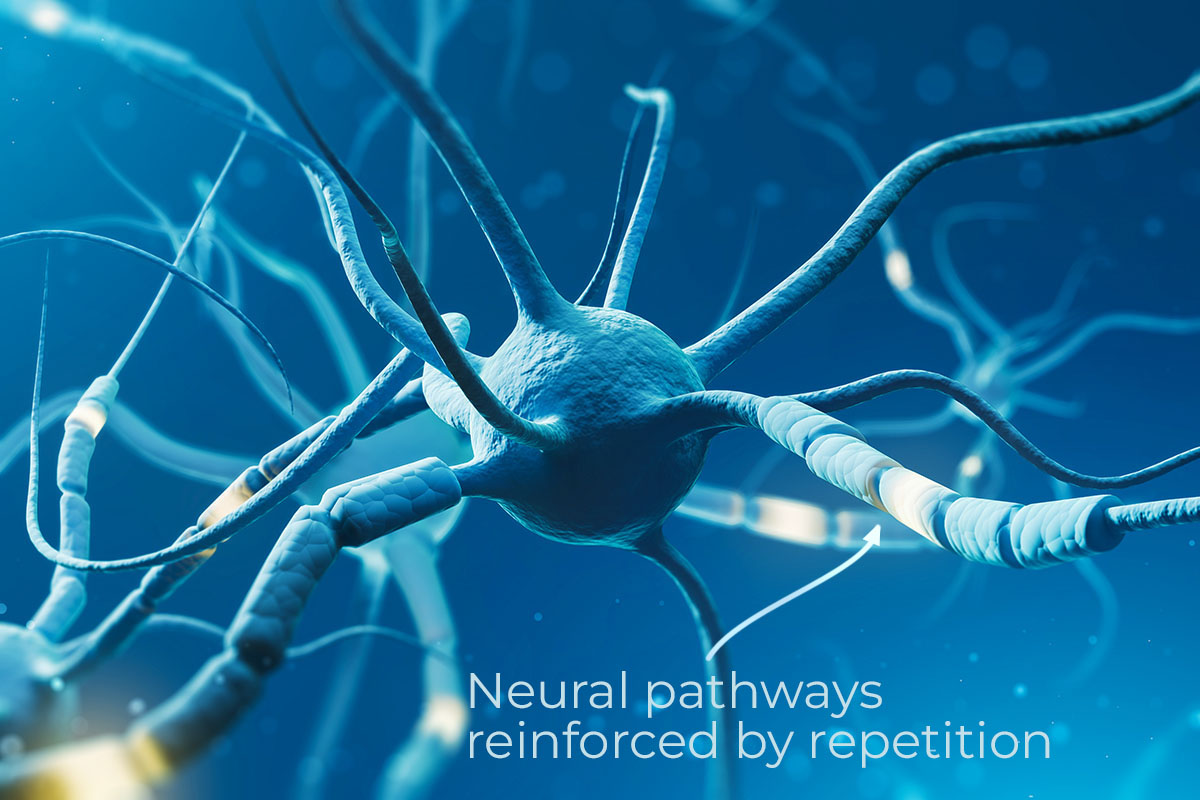
Fortunately, most of your brain's neural programming is not hard-wired, but rather soft-wired, allowing you to modify it.
This means that for instance, you can reprogram your brain to make you calm and relaxed in situations that by default cause you stress, or to give you motivation and energy in moments when you feel weak and unmotivated. This process involves forming new neural pathways from brain areas associated with negative moods towards brain areas that bring you in a positive energetic state of mind. If you strengthen these new connections by practicing Neuro-Reflective Thinking regularly, the old ones that led to your unpleasant feelings will gradually break down. Therefore, from a certain point, you will never feel stressed or unmotivated in situations that made you feel so before.
The ability of your brain to change its wiring this way is known as neuroplasticity. Neuro-Reflective Thinking offers a practical approach to exploit this phenomenon, applying Donald Hebb’s law of neurologic rewiring.
Although Neuro-Reflective Thinking does not always require a strict methodology, the following five-step method can serve as good guidance for practicing it effectively:
Train Your Brain in 5 Steps to Achieve a Better Mental State With Neuro-Reflective Thinking:
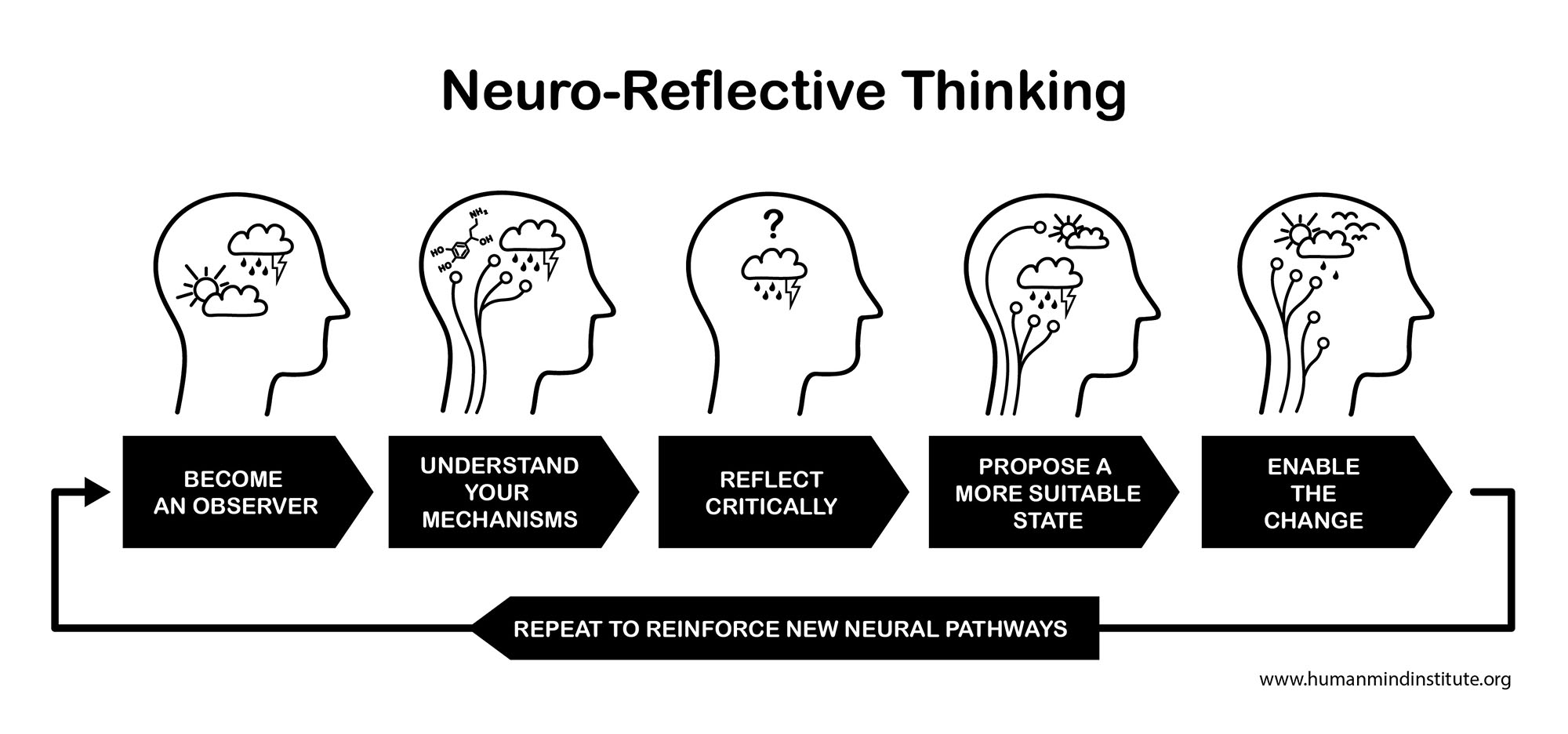
- Become a conscious self-observer: Begin to consciously observe how your actual situation and your stream of thoughts induce positive or negative emotional reactions in your limbic brain.
- Understand your brain’s subconscious mechanisms: Explore the ongoing processes in your limbic brain deeper. Observe how it releases or holds back neurochemicals to influence your mood and your ways of thinking. By understanding better what’s happening inside you, you can begin to intellectually detach from your current state of mind.
- Reflect critically on your limbic brain’s default programming: Reflect on why your actual mental state is not the most appropriate in your situation. By doing so, you stimulate your limbic brain to open up for a change its default behavior when better options are available.
- Propose a more suitable state: Propose a more appropriate mental state for your limbic brain and practice visualizing yourself as already being in that state. This conscious exercise will initiate the growth of new neural pathways towards brain areas that will eventually bring you into that more suitable state of mind.
- Enable The Change: Enable a change in your state of mind by practicing techniques that help you release the old mental state and transition into a new one.
To achieve strong and lasting results with neuro-reflective thinking, do the following:
Practice and repeat Neuro-Reflective Thinking multiple times to strengthen your newly growing neural pathways for stronger and more lasting results.
Speed-up your transformation by applying techniques which trigger the immediate release of neurochemicals in your nervous system that accelerate your shift to your desired state of mind.
Read our latest article: ”Train Your Mind to Stop Stress in 5 Steps with Neuro-Reflective Thinking” to understand through an example how this 5-step method exactly works in practice.